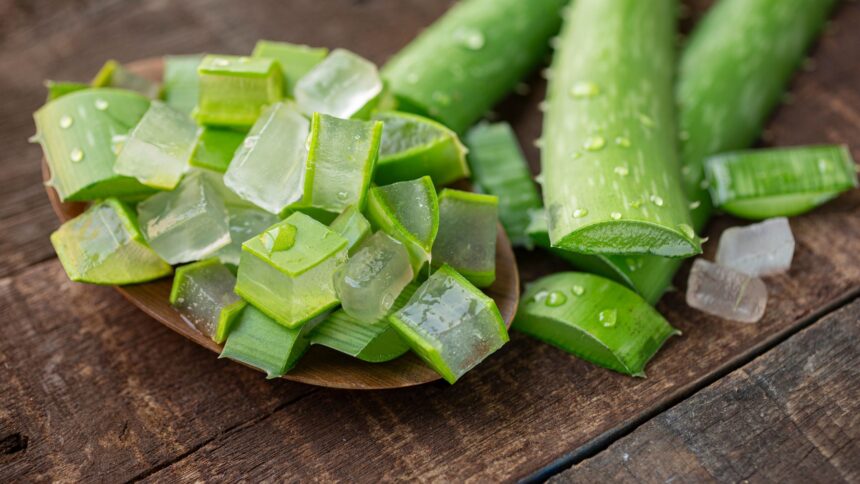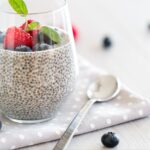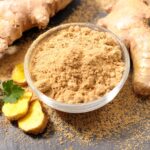Aloe’s soothing gel has earned fame in skincare, yet can its versatile inner pulp provide nutritional perks too when eaten fresh? As herbalists, exploring aloe’s edible applications sheds light on maximizing its phytochemical gifts. Let’s examine current research on safely taking aloe internally as a whole food to determine if raw consumption offers viable merit over other forms. My goal is to empower readers with actionable wisdom on partnering knowledgeably with nature’s botanical remedies.
Raw Gel Structure Boasts Live Enzymes
Fresh aloe gel teems with native enzymes capable of aiding digestion including lipase, amylase, and alkaline phosphatase. These live helpers break down fats and carbs more thoroughly. One study noted raw gel supported nutrient absorption amongst subjects versus pasteurized gel. This points to benefits aloe’s naturally integrated systemic support crew may impart beyond shelf-stable derivations alone. However, processing removes antibacterial latex risking irritation.
Raw Access to Beneficial Compounds
Heat-sensitive elements exist in aloe’s complex matrix suggesting benefits from eating it raw when feasible. Research links raw consumption to higher blood concentrations of prized anti-inflammatories like anthraquinones and C-glucosides versus processed supplements. Their unmodified state may optimize therapeutic potential. However, limited investigations exist and individuals tolerances vary, requiring conscientious self-awareness.
Gut Effects Warrant Further Exploration
Anecdotal case reports point to favorably regulated digestion when consuming small chunks of aloe gel in mixed juices or smoothies. Its suggested laxative, mucilaginous and pH-altering activities hint at promising utilities in maintaining regularity, yet firm evidence remains scant. Caution is still warranted, especially regarding anthraquinone laxatives in latex, until definitive human trials solidify aloe’s digestive impacts.
Sensitivities and Contraindications Linger
While rare, latex contact dermatitis may occur for hypersensitive individuals. Careful de-latticing removes this risk yet some irritated reactions are still reported. Aloe gel consumption can precipitate dehydration in already depleted systems. Caution is also advised for those with intestinal obstruction issues or during early pregnancy until efficacy and safety conclusively clear. Individual monitoring remains important when pioneering new regimens.
Quality and Best Practices Matter Most
When experimenting internally, choosing organically grown aloe with thick, clear gel devoid of yellow latex bands lowers allergy odds. Diluting gel doses in water or food acts as a safety buffer against potential digestive intolerance. Slow acclimation allows bodies time to adapt tolerance. Overall, judicious incorporation as part of diverse nutrition sets any botanical’s powers freest to heal and soothe rather than stress our systems further.
Conclusion
While optimal processing methods remain undefined, research to date does indicate potential advantages to raw aloe gel’s live enzymatic factors and retention of certain heat-labile components. Yet individual tolerance, quality controls and prudent precautions cannot be understated. Overall, current understandings do not preclude small trial amounts judiciously consumed raw case by case with prudent care, education and awareness our best guides for balancing plant and human powers together in vibrant health.




